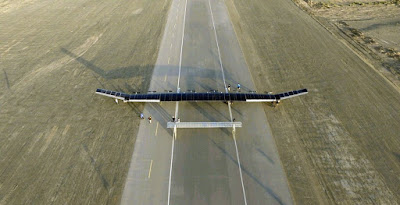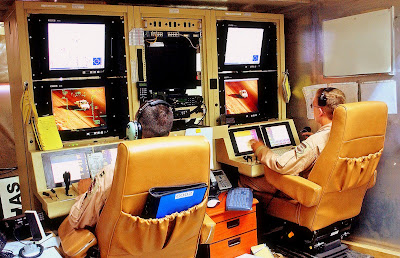Even though the US Government was unable to defeat the Taliban with 100.000 troops in the country, apparently Trump thinks that by taking a harder line with Pakistan and sending a few thousand more troops to Afghanistan he is going to pressure the Taliban into making peace.
The result will probably be for Pakistan to create more difficulties for the US Government in Afghanistan and also a point blank refusal to allow any drone attacks, as a majority of the Pakistani public would support such a move. However, the United States claims that the Pakistani spy agency the Inter-Services Intelligence (ISI) has ties to the Haqqani network of militants who are thought to be responsible for some deadly attacks in Afghanistan. The Afghan Government too has accused Pakistan as giving safe haven to the militants. Pakistan Government denies this, as they have lost about 7.000 of its security forces and about 22.000 civilians as a result of militant activity since 2003.
There are some within the US Government and in various think tanks who do not consider Pakistan an ally at all:
- The Pentagon designated the Haggani network that Pakistan is alleged to support, as "terrorist organization" in 2012.
- Navy Admiral Mike Mullen, a top U.S. military officer, told the U.S. Congress in 2011 that the Haqqani net was a veritable arm of the Pakistani ISI.
- David Sedney, who was Obama's deputy assistant secretary of defense for Afghanistan from 2009 to 2013, claims that Obama's attempt to make Pakistan a strategic partner failed miserably and said that it made Pakistan's behavior even worse.
But this appears very one-sided: Pakistan in effect allowed UAV attacks on its territory in the face of tremendous political opposition. It also eventually carried out military operations in the territories that were quite costly in casualties for their security forces.
The U.S. has given considerable aid to Pakistan since 2002: $33 billion and that included Coalition Support Funds (CSF) that is meant to reimburse allies that incurred costs in supporting counter-insurgency operations. Pakistan did incur heavy costs in its operations in conflicts with various militant groups in the tribal areas of north-west Pakistan. However, the U.S. argues that Pakistan has failed to take action against the Haqqani network and last year withheld $300 million in CSF funding to Pakistan. US officials say the Trump administration may do the same... But also warns that moves such as this would encourage China to invest even more than the $60 billion it has already invested in Pakistan.




























